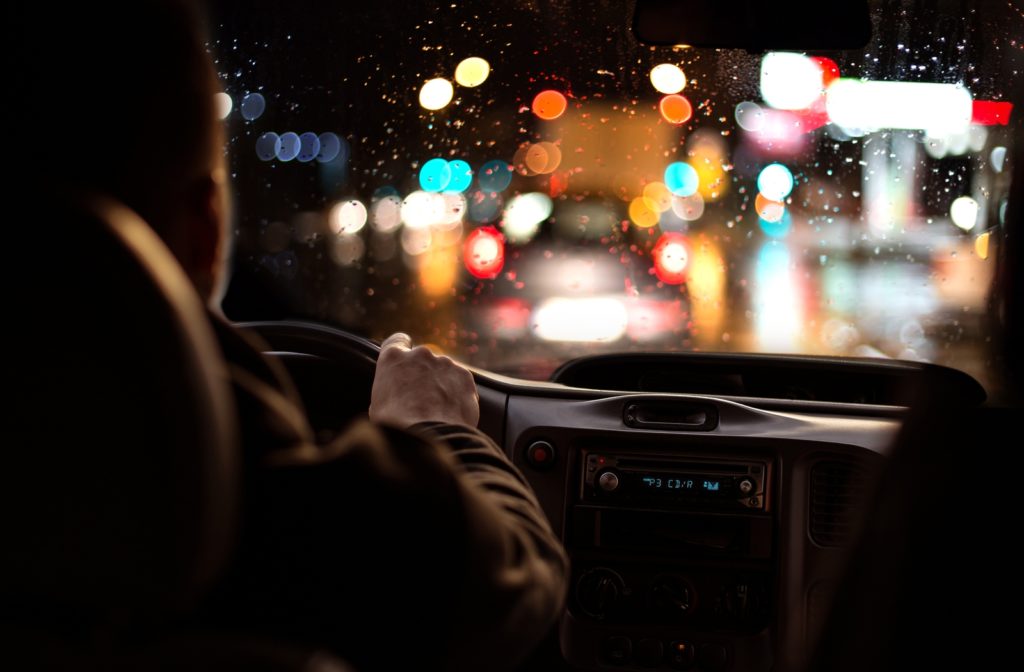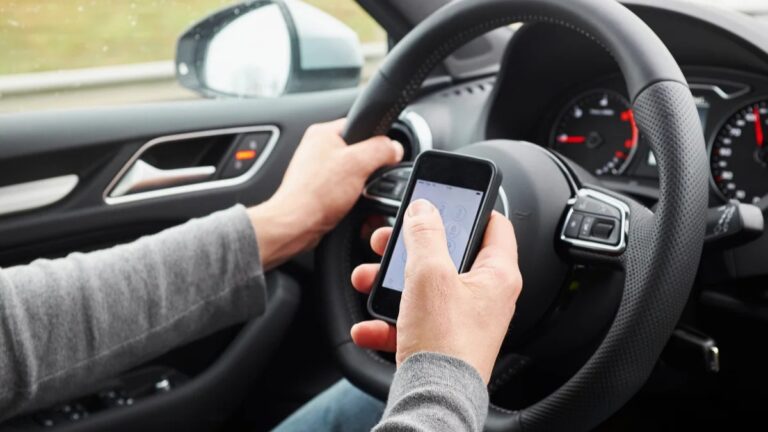
Dangers of Driving at Night
When reviewing accident statistics nationwide, it becomes clear that a surprising number of collisions occur during nighttime hours. Several factors contribute to this trend, drivers are often more fatigued at night, visibility on the roads decreases, and some vehicles may be harder to spot if drivers neglect to use their headlights.
However, if you frequently drive after dark, there are a number of simple precautions you can take to enhance your safety and reduce the risk of being involved in an accident.
Enhancing Visibility
When driving at night, one of your top priorities should be ensuring that both you and your vehicle are as visible as possible.
You can start your vehicle and face a garage wall or another reflective surface to check that both headlights are working properly. Don’t forget to inspect the rear of the vehicle to make sure your taillights and turn signals are operational as well.
Take a few extra minutes to clean off dirt, dust, or debris that might dim your lights. If your bulbs are old or dimming, consider upgrading to new, energy-efficient models designed to provide brighter illumination and better nighttime visibility.

Another key component of staying visible is maintaining clear awareness of the vehicles around you. Although you should always check your mirrors while driving, it’s particularly vital to do so at night. Make sure your rearview and side mirrors are properly adjusted so you can easily monitor cars in other lanes and behind you.
Staying Alert and Avoiding Fatigue
Driver fatigue is one of the leading causes of nighttime crashes and poses a serious risk. While you can’t control whether other drivers are well-rested, you can ensure that you’re fully alert before getting behind the wheel.
Prioritize getting enough rest before a late drive and, if possible, take a short nap beforehand to boost your energy. Starting your journey tired will only make it harder to stay awake as the night goes on.
Plan for regular breaks throughout your trip to stretch, breathe fresh air, and reset your focus – these quick pauses can help combat fatigue and keep you sharp.
Avoid consuming alcohol or taking medications that can cause drowsiness before driving. Because nighttime already increases the likelihood of tiredness, adding sedative substances only heightens the danger.
To stay mentally engaged, consider listening to an audiobook, a multi-part podcast, upbeat music, or having a conversation with passengers to keep your mind active and alert.

Nighttime Distractions
Night driving can make it easy to become distracted, so maintaining focus must be a priority. While some mild distractions, like music or a podcast, can help you stay awake, others can dramatically raise your risk of an accident.
Avoid using your phone while driving at all costs. Besides the inherent danger of taking your eyes off the road, the phone’s bright screen can strain your eyes and leave you momentarily disoriented when you look back at the dark roadway.
Basic Safety Precautions
In addition to following nighttime-specific safety tips, remember to adhere to general driving precautions that apply at any time of day. Always wear your seatbelt and ensure that all passengers do the same – seatbelts remain one of the simplest and most effective ways to prevent serious injury during an accident.
Stay aware of your surroundings, including posted speed limits and traffic signs. Even if you’re in a hurry, resist the urge to speed and continue practicing defensive driving habits. Likewise, be courteous to other drivers by maintaining a safe following distance and avoiding aggressive maneuvers such as tailgating or weaving through traffic.
By staying alert, visible, and cautious, you can significantly lower your chances of being involved in a nighttime accident and make the roads safer for everyone.



